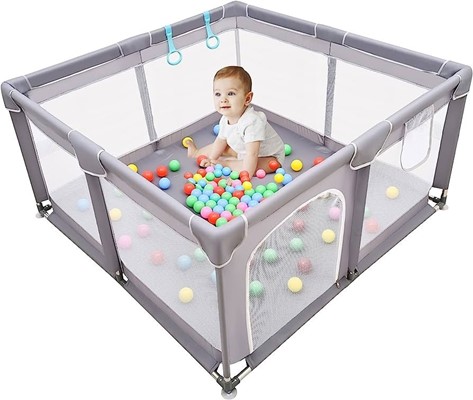A male client tells the practical nurse (PN) that he is afraid of getting cancer so he plans to quit smoking cigarettes by switching to a smokeless tobacco product. How should the PN respond?
Remind the client that he is likely to gain weight when attempting to stop smoking.
Provide information to the client about risks associated with smokeless tobacco.
Explain to the client that obesity is a more significant health risk than smoking.
Encourage the client to continue with this plan to reduce his risk for cancer.
The Correct Answer is B
Smokeless tobacco, such as chewing tobacco or snuff, still contains harmful substances, including nicotine and various chemicals. It is associated with several health risks, including an increased risk of oral, esophageal, and pancreatic cancers, as well as gum disease, tooth loss, and nicotine addiction.
Incorrect:
A. By providing this information, the nurse can help the client make an informed decision about their smoking cessation plan. It is crucial to emphasize that quitting tobacco altogether is the best approach to reduce the risk of cancer and improve overall health.
C. The nurse should not encourage the client to continue with the plan to switch to smokeless tobacco as a means of reducing the risk for cancer. Instead, the focus should be on supporting the client's efforts to quit tobacco entirely and providing appropriate resources and interventions to facilitate smoking cessation.
D. Addressing the concern about weight gain when quitting smoking is also important, but it should be done in the context of promoting healthy lifestyle changes and offering strategies to manage weight during the smoking cessation process.
Nursing Test Bank
Naxlex Comprehensive Predictor Exams
Related Questions
Correct Answer is D
Explanation
- A playpen is a portable enclosure that provides a confined space for a child to play in. It can be useful for keeping a child safe and supervised when the caregiver is busy or needs a break, but it should not be used as a substitute for active play or interaction with the caregiver or others.
- A 2-year-old child is in the developmental stage of toddlerhood, which is characterized by rapid physical, cognitive, social, and emotional growth. Toddlers are curious and eager to learn about the world around them, and they need opportunities to explore, experiment, and manipulate objects and materials. They also need stimulation, guidance, and feedback from their caregivers and peers to develop their language, problem-solving, and social skills.
- Keeping a 2-year-old child in a playpen for long periods of time or to prevent them from getting dirty can have negative effects on their development and well-being. It can limit their physical activity, creativity, and independence, and it can cause boredom, frustration, or resentment . It can also interfere with their attachment and bonding with their caregiver, as well as their self-esteem and self-image.
- Therefore, the practical nurse (PN) should use the statement "Children need time to actively explore their environment" in responding to this concern about using a playpen. This statement reflects the developmental needs and rights of the child, and it encourages the caregiver to provide a more stimulating and supportive environment for the child. It also implies that getting dirty is not a problem, but rather a natural and healthy part of play and learning.
- Therefore, option D is the correct answer, while options A, B, and C are incorrect. Option A is incorrect because it is judgmental and may offend or discourage the caregiver.

Correct Answer is D
Explanation
A. C-reactive protein level:
C-reactive protein (CRP) is a marker of inflammation but does not specifically identify the causative organism of an infection. While elevated CRP can suggest infection or inflammation, it doesn't provide the necessary information for treatment.
B. Serum blood glucose (BG) level:
Serum blood glucose levels are important to monitor in diabetic patients because high glucose levels can impair healing and increase the risk of infection. However, it does not directly help identify the causative organism in this situation.
C. Serum albumin:
Serum albumin reflects nutritional status and can indicate malnutrition or poor wound healing. While it may be relevant for healing, it is not the most immediate test to evaluate for infection.
D. Culture for sensitive organisms:
Given the red, swollen wound with drainage and foul odor, a wound culture is the most appropriate first step to identify the specific infectious organism. This will guide the healthcare provider in selecting the most appropriate antibiotic treatment.
Whether you are a student looking to ace your exams or a practicing nurse seeking to enhance your expertise , our nursing education contents will empower you with the confidence and competence to make a difference in the lives of patients and become a respected leader in the healthcare field.
Visit Naxlex, invest in your future and unlock endless possibilities with our unparalleled nursing education contents today
Report Wrong Answer on the Current Question
Do you disagree with the answer? If yes, what is your expected answer? Explain.
Kindly be descriptive with the issue you are facing.
